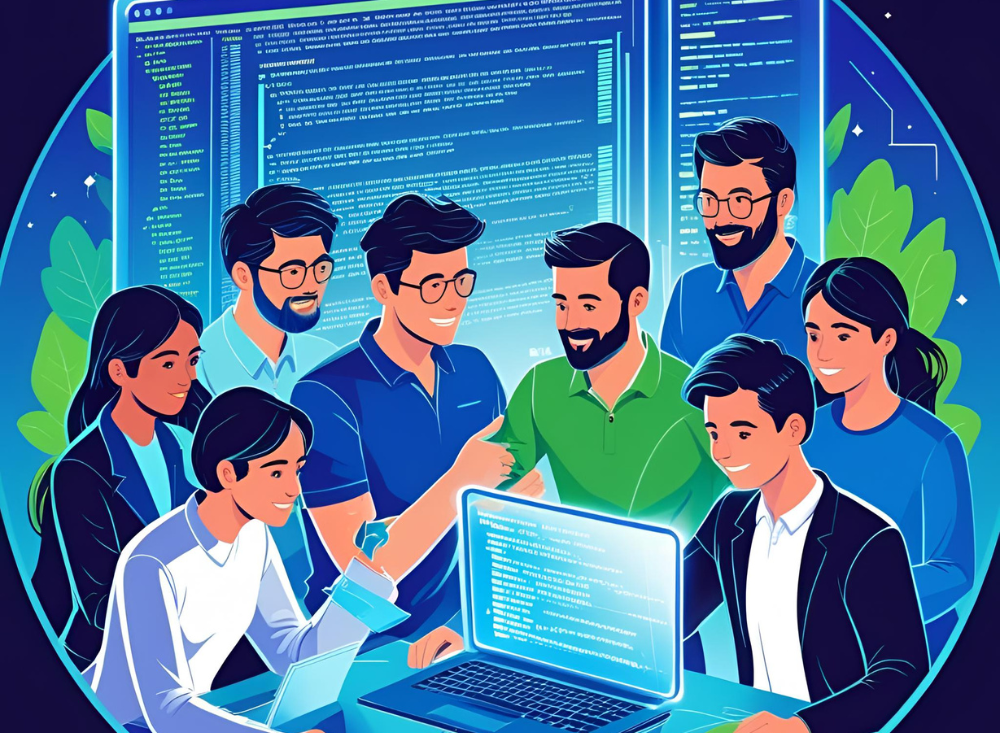
In the rapidly evolving landscape of software development, AI-driven testing has emerged as a transformative force, streamlining processes and enhancing efficiency. Tools like Genqe, an advanced AI testing platform, are at the forefront of this revolution, automating repetitive tasks, identifying bugs, and optimizing test coverage with remarkable precision. However, while Genqe’s capabilities are impressive, the human element remains indispensable in ensuring the success of AI-driven testing strategies.
The Power of Genqe in Testing
Genqe leverages machine learning and advanced algorithms to automate complex testing scenarios, enabling teams to achieve faster release cycles and higher-quality software. It excels at analyzing vast datasets, predicting potential failure points, and generating test cases that align with project requirements. By reducing manual effort, Genqe allows testers to focus on strategic tasks, making it a game-changer for development teams aiming to stay competitive.
Yet, for all its strengths, Genqe is not a standalone solution. Its effectiveness hinges on the human expertise that guides its implementation and interprets its outputs.
Why Humans Matter in AI-Driven Testing
1. Defining the Testing Scope
Genqe’s ability to generate test cases is only as good as the parameters set by human testers. Humans define the scope, objectives, and critical areas of focus, ensuring that Genqe’s algorithms target the right aspects of the application. Without human insight into user behavior, business goals, and edge cases, even Genqe’s sophisticated analysis could miss critical defects or prioritize irrelevant scenarios.
2. Contextual Understanding
Software testing isn’t just about finding bugs—it’s about ensuring the product delivers value to users. Genqe can identify technical issues, but humans bring the contextual understanding necessary to evaluate usability, accessibility, and overall user experience. For instance, a feature might pass Genqe’s automated tests but fail to meet user expectations due to poor design—a nuance only humans can fully address.
3. Interpreting Results
Genqe provides detailed reports and insights, but human testers are essential for interpreting these results. They analyze patterns, prioritize fixes, and make judgment calls on whether a flagged issue is a false positive or a critical defect. This interpretive layer ensures that Genqe’s outputs translate into actionable improvements rather than overwhelming teams with raw data.
4. Ethical and Creative Oversight
AI tools like Genqe operate within defined parameters, but ethical considerations and creative problem-solving require human intervention. Humans ensure that testing strategies align with ethical standards, such as protecting user data or avoiding biased outcomes. Additionally, creative testing approaches—like exploratory testing or simulating unconventional user behavior—often fall outside Genqe’s automated capabilities.
Striking the Right Balance
To maximize Genqe’s potential, organizations must strike a balance between automation and human oversight. Here are a few strategies to achieve this:
- Collaborative Workflows: Integrate Genqe into workflows where human testers review and refine AI-generated test cases, ensuring alignment with project goals.
- Continuous Learning: Use Genqe’s insights to train human testers, fostering a feedback loop where both humans and AI improve over time.
- Hybrid Testing Models: Combine Genqe’s automated testing with manual exploratory testing to cover both technical and user-centric aspects of the software.
Conclusion
Genqe represents a leap forward in AI-driven testing, offering unparalleled speed and precision. However, its true value is unlocked when paired with human expertise. By defining objectives, providing context, interpreting results, and ensuring ethical oversight, humans complement Genqe’s capabilities, creating a synergy that drives higher-quality software. In the end, AI-driven testing with Genqe isn’t about replacing humans—it’s about empowering them to deliver better results, faster.